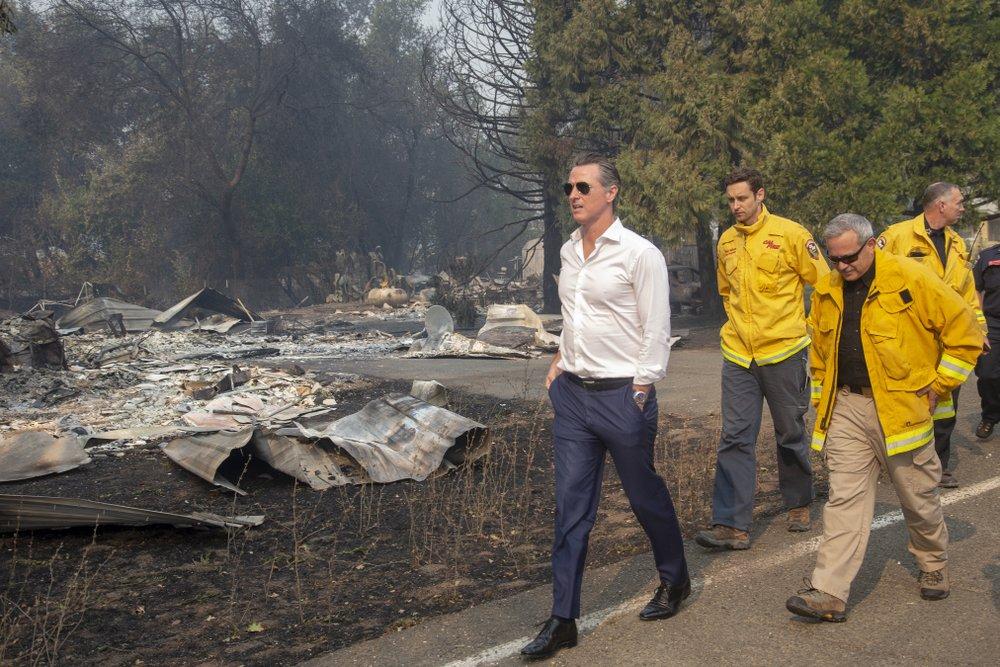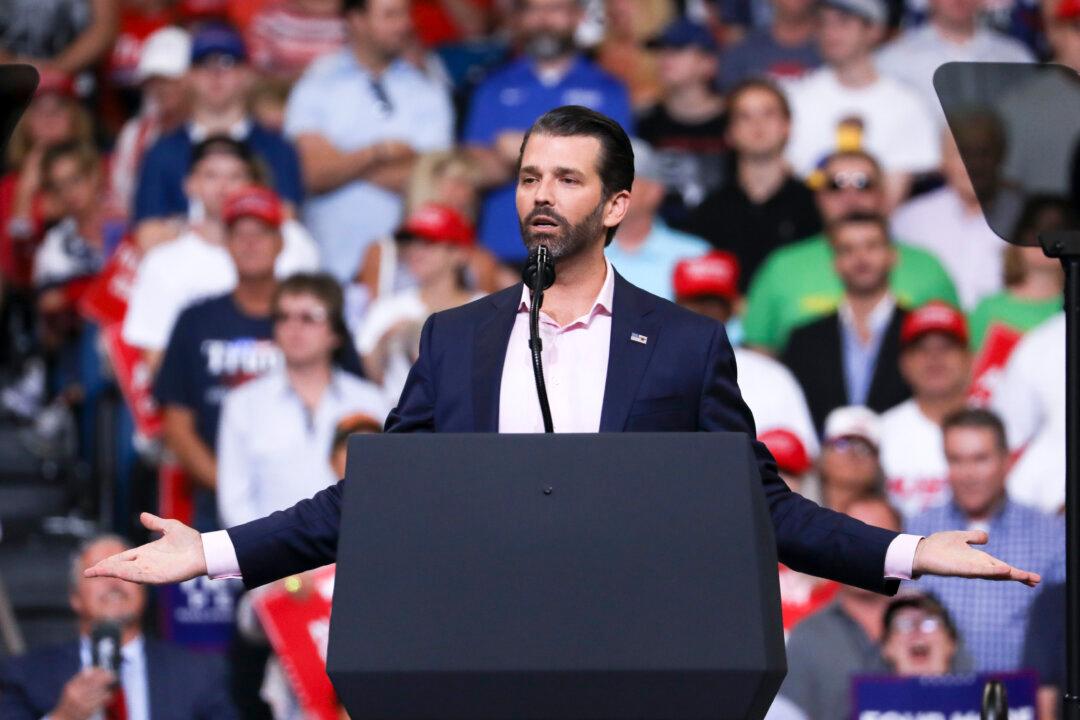Green New Deal-style plans to decarbonize economies by 2050 are “madness” and their effects on an economy would be “like the coronavirus all over again,” a British engineering expert says.
Michael Kelly, professor emeritus of technology in the Department of Engineering at the University of Cambridge, made the statements about legislation passed in 2019 that requires the UK to bring all greenhouse gas (carbon) emissions to net-zero by 2050. With broadly similar energy—and transport—challenges facing both the UK and the United States over the next 30 years, his study (pdf) asserts that “the costs of decarbonizing will be ruinous of our current standards of living.”





